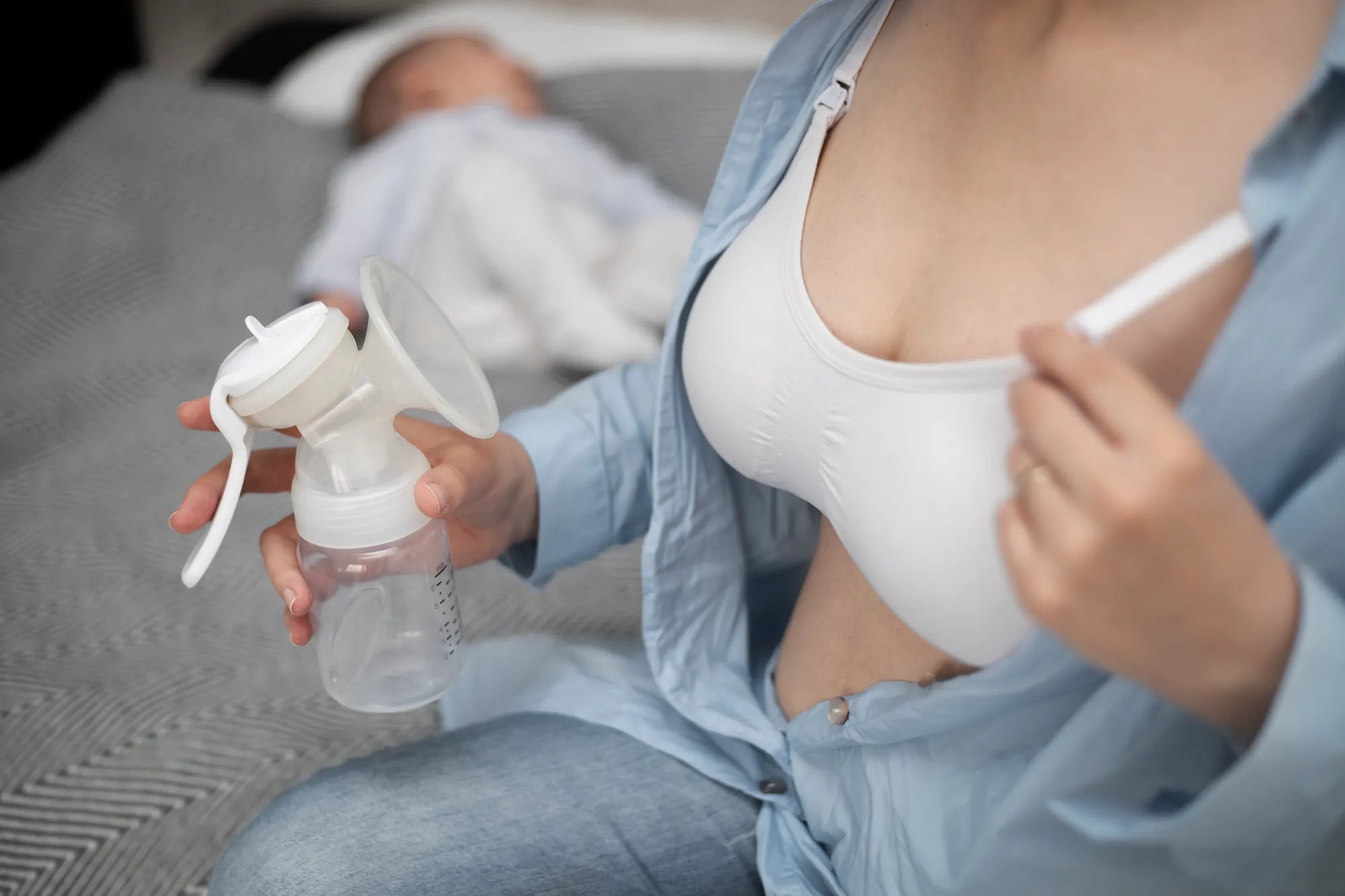Home
Pregnancy, Breastfeeding, and Pumping: The Ultimate Guide for Moms
How Long Can Fresh Pumped Breast Milk Be Out: A Comprehensive Guide

How Long Can Fresh Pumped Breast Milk Be Out: A Comprehensive Guide
When it comes to feeding your baby, ensuring the safety and quality of breast milk is paramount. One of the most common questions new parents ask is, how long can fresh pumped breast milk be out before it becomes unsafe for consumption? This article delves into the critical factors that influence the shelf life of freshly pumped breast milk and offers practical tips to keep your baby's nutrition safe.
Understanding the Basics of Breast Milk Storage
Breast milk is a living substance that contains antibodies, enzymes, and nutrients essential for your baby's growth and development. However, like any other perishable food item, it can spoil if not stored correctly. The key to maintaining its quality lies in understanding the optimal storage conditions and the time limits for each.
Room Temperature Storage
Freshly pumped breast milk can be safely kept at room temperature for a limited period. Generally, it is recommended to use the milk within 4 hours if the room temperature is around 77°F (25°C) or lower. If the room is warmer, the milk should be used within 2 hours to prevent bacterial growth.
Refrigerated Storage
If you plan to use the milk within a few days, refrigeration is the best option. Freshly pumped breast milk can be stored in the refrigerator at a temperature of 32-39°F (0-4°C) for up to 4 days. It's important to place the milk in the back of the refrigerator, where the temperature is most consistent, rather than in the door, where it can fluctuate.
Freezer Storage
For long-term storage, freezing breast milk is an excellent choice. In a standard freezer with a temperature of 0°F (-18°C), breast milk can be stored for up to 6 months. In a deep freezer, it can last up to 12 months. Always use airtight containers or breast milk storage bags to prevent contamination and freezer burn.
Signs of Spoiled Breast Milk
Even with proper storage, it's crucial to recognize the signs that breast milk has gone bad. Spoiled breast milk may have a sour smell, a different color, or a chunky texture. If you notice any of these signs, it's best to discard the milk immediately to avoid any health risks to your baby.
Tips for Safe Handling and Storage
To ensure the safety and quality of your breast milk, follow these essential tips:
- Always wash your hands thoroughly before pumping or handling breast milk.
- Use clean, sterilized containers for storage.
- Label each container with the date and time of pumping to keep track of freshness.
- When transporting breast milk, use insulated cooler bags with ice packs to maintain a safe temperature.
Thawing and Warming Breast Milk
When it's time to use stored breast milk, proper thawing and warming are crucial. For frozen milk, thaw it slowly in the refrigerator or by placing the container in a bowl of warm water. Avoid using a microwave, as it can create hot spots that may burn your baby's mouth. Once thawed, gently swirl the milk to mix the separated layers, and use it within 24 hours.
Common Myths About Breast Milk Storage
There are several misconceptions about how long breast milk can be stored and used. One common myth is that breast milk can be left out indefinitely if it's in a cool place. This is not true; even in cooler environments, breast milk can spoil if left out for too long. Another myth is that freezing breast milk destroys its nutritional value. While freezing can cause a slight reduction in some nutrients, the milk remains highly beneficial for your baby.
Special Considerations for Premature or Ill Infants
If your baby is premature or has a compromised immune system, extra precautions are necessary. In such cases, it's advisable to use freshly pumped milk within 1-2 hours or refrigerate it immediately. Consult with your healthcare provider for specific guidelines tailored to your baby's needs.
Environmental Factors Affecting Breast Milk Shelf Life
Environmental conditions play a significant role in determining how long breast milk can be safely stored. High humidity, exposure to sunlight, and fluctuating temperatures can all accelerate spoilage. Always store breast milk in a cool, dark place and avoid leaving it in direct sunlight or near heat sources.
Traveling with Breast Milk
Traveling with breast milk requires careful planning. If you're flying, check the airline's regulations regarding carrying breast milk. Use insulated cooler bags with ice packs to keep the milk at a safe temperature during transit. Upon arrival, refrigerate or freeze the milk as soon as possible.
How to Maximize the Shelf Life of Breast Milk
To extend the shelf life of your breast milk, consider these strategies:
- Pump milk in small quantities to minimize waste.
- Use a breast pump with a closed system to reduce contamination.
- Store milk in smaller portions, so you only thaw what you need.
By following these guidelines, you can ensure that your baby receives the best possible nutrition while minimizing the risk of spoilage. Remember, the key to safe breast milk storage is understanding the time limits and conditions that affect its quality. With proper care, you can provide your baby with the nourishment they need, even when you're not able to breastfeed directly.
Understanding how long fresh pumped breast milk can be out is essential for every breastfeeding parent. By adhering to these storage guidelines, you can ensure that your baby's milk remains safe and nutritious, giving you peace of mind and your baby the best start in life.
Share


